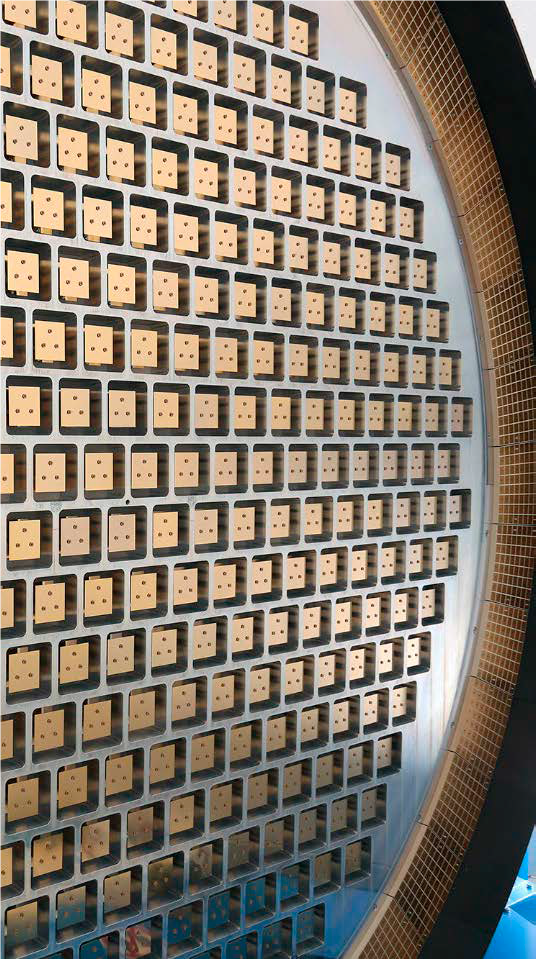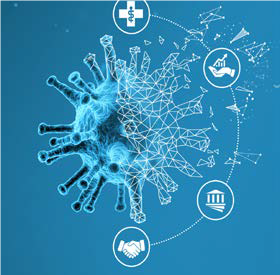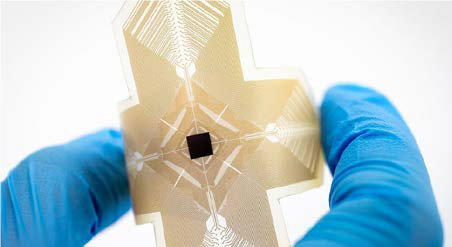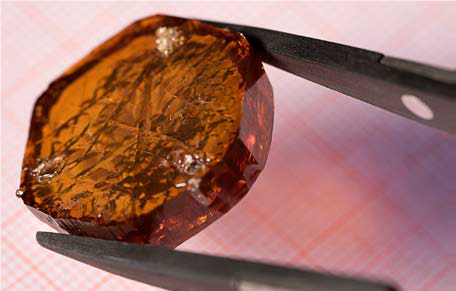Highlights of 2020 / Fraunhofer FHR
GESTRA: The near-earth orbit always “in sight”

In order to monitor the near-Earth orbit and to know which objects are moving there, a phased array radar with high beam agility is required. Fraunhofer FHR has built such a system on behalf of the German Federal Ministry of Economics and Technology: In Autumn 2020, the researchers officially handed over the semi-mobile space surveillance radar GESTRA to the German Aerospace Center (DLR).
Last modified:


